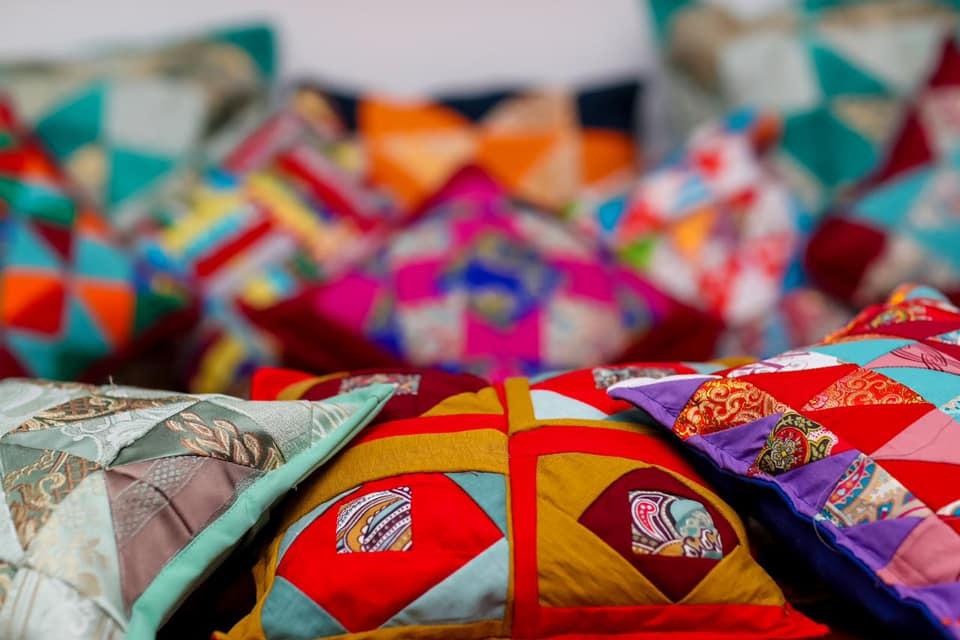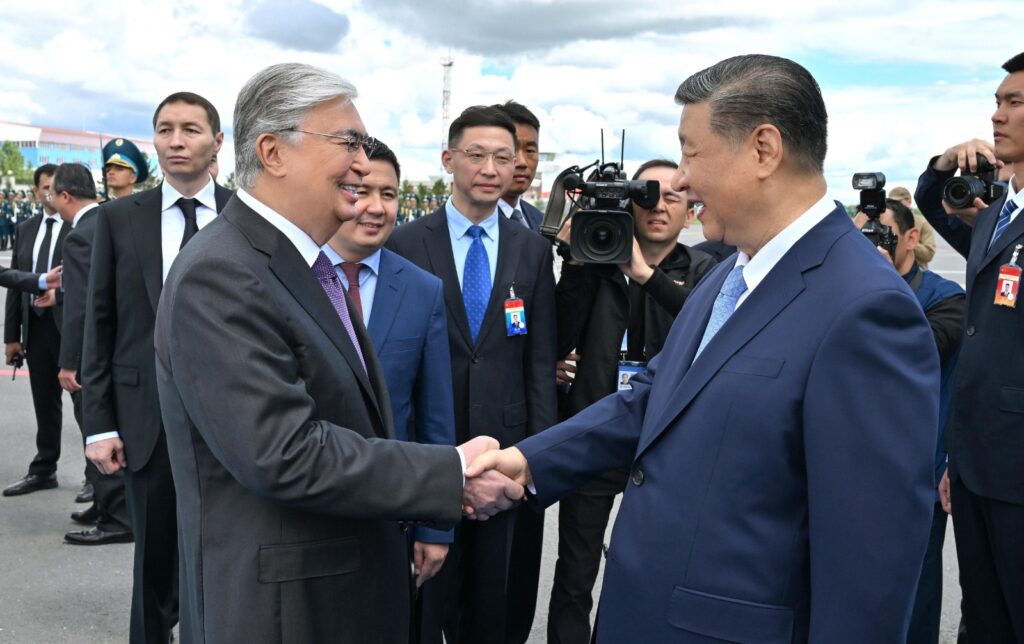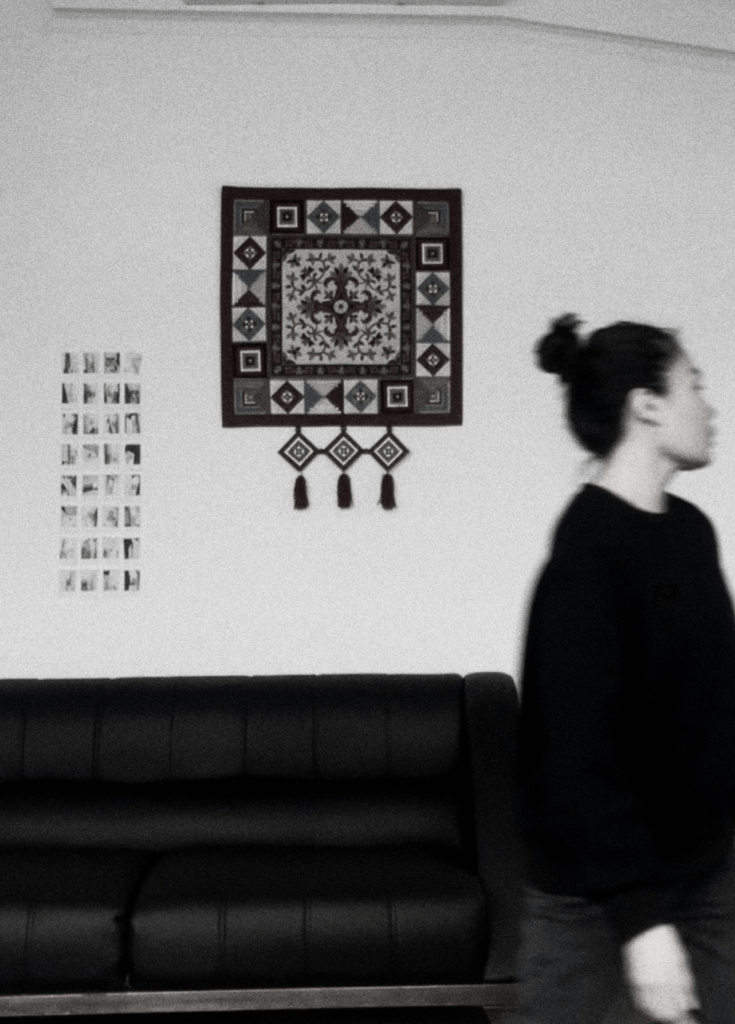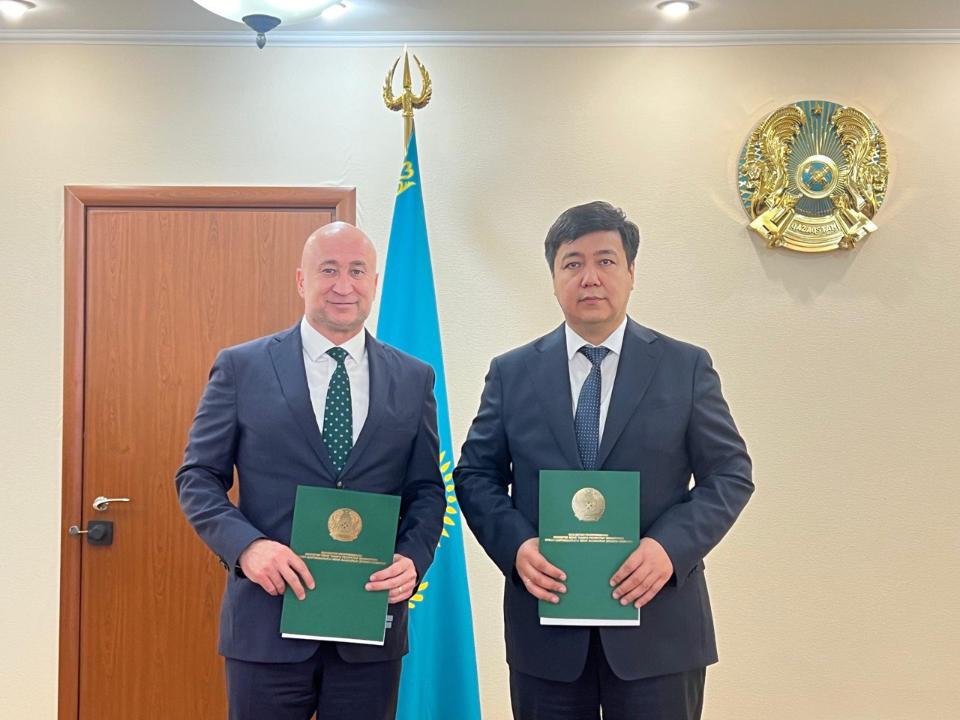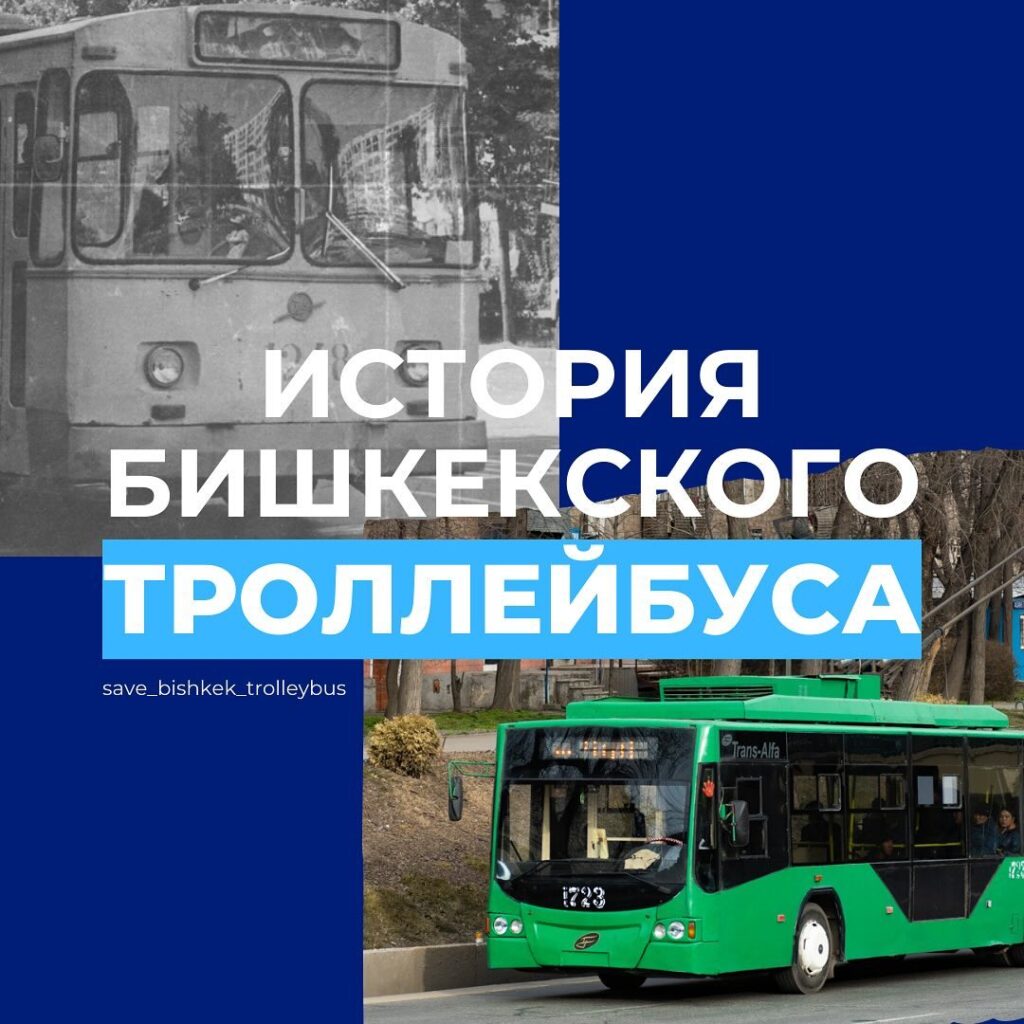On July 3 , Kazakhstan President Kassym-Jomart Tokayev held a meeting in Astana with Chinese President Xi Jinping, during the latter's state visit to Kazakhstan. Tokayev opened the talks by hailing China a strategic partner and one of Kazakhstan’s main allies. In response, Xi Jinping announced that China considers Kazakhstan a priority in its foreign policy relations with neighbouring countries and an important partner in Central Asia, whilst confirming, “I assure you that China will always be a reliable support for Kazakhstan.” Negotiations revolved around the development of cooperation in investment in various sectors, including e-commerce, the manufacture of automobiles and auto parts, transit and transport, logistics, energy, agriculture, finance, and tourism. Following the meeting, Tokayev told journalists that the development of strong political relations between Kazakhstan and China is based on mutual trust and support and emphasized, “There are no unresolved issues between us. We intend to unite our forces for intensifying trade, economic, scientific, technical, cultural and humanitarian ties. President Xi Jinping and I have just signed a Joint Statement -outlining- important achievements and long-term tasks for our countries. China is Kazakhstan's leading trading partner. Last year, bilateral trade turnover amounted to $41 billion. In the near future we intend to double this figure. Beijing is one of our main foreign investors. Over the past 15 years, about $25 billion has been invested in Kazakhstan [by China].” According to Tokayev, in 2023, Chinese investment in Kazakhstan’s economy increased by 16% and reached $1.8 billion. “Today, 45 projects are being implemented in Kazakhstan at a total cost of $14.5 billion -and we now have over 4,700 enterprises funded with Chinese capital. During negotiations, the importance of further implementation of mutually beneficial investment projects in the fields of energy, infrastructure, agriculture, manufacturing, finance, transport, aerospace, and IT was emphasized. We are ready to create favourable conditions for Chinese companies wishing to develop the Kazakh market.” Referencing the fact that in 2023, exports of agricultural products from Kazakhstan to China doubled to reach $1 billion, the president continued, “We look forward to increasing supplies of high-quality natural meat products, oilseeds and grain crops to the Chinese market- and exploring - opportunities to increase the volume of grain exports to 2 million tons.” Via teleconference, the two leaders participated in the ceremonial launch of ferries transporting trucks and railway containers along the Trans-Caspian International Transport Route. Tokayev and Xi also opened a Kazakh cultural centre in Beijing and a Chinese cultural centre in Astana, both of which will host various cultural events, exhibitions, lectures, and masterclasses aimed at strengthening mutual understanding between the peoples of the two allied countries. In addition to the above, the two leaders opened a branch of the Beijing Language and Culture University at Astana International University.
